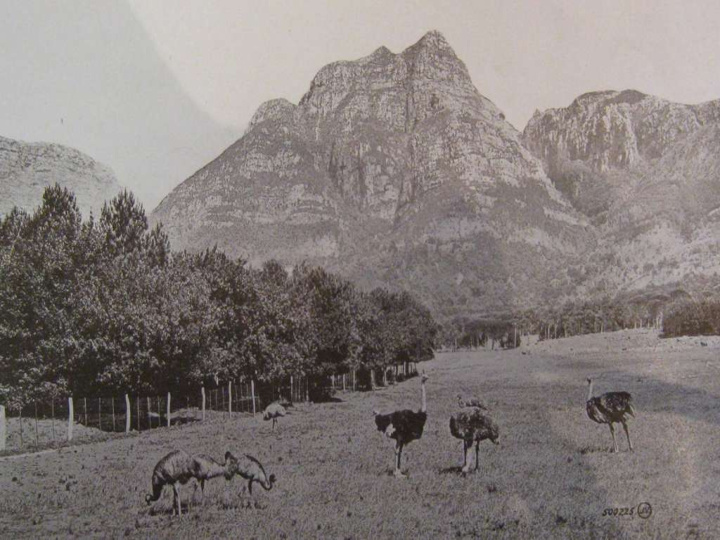



Historical reflections of the evolving relationship between urban settlement and ecological processes Anderson, P.M. (UCT, ACC) and O‟Farrell, P. J. (CSIR)
Ecosystem services theory
Ecosystem services theory • However, limited engagement with Longer temporal scales and • Conspicuously a historical • no socio-ecological system can be understood on the basis of a single time-shot ecosystem disservices • „lack of attention to ecosystem disservices may seriously hamper environmental management in general, and urban green management in particular‟ urban context • Cities as ecological systems • A case study of the City of Cape Town
Early exploitation • San hunter-gatherers • Table Mountain as a significant provisioning site for plants, animals and water • management of natural environment • Khoi herders • Significant shift in use of natural resources • More intensive exploitation • Management of natural environment • Cultural services - Camissa • Resource conflict suggesting early over- exploitation
Over exploitation • Establishment of a provisioning station • Era of intense over exploitation • Water for ships and irrigation • Wood for construction, ship repair and fuel Undated print 1700s (Luckhoff 1951)
Over exploitation • Emergence of cultural sense of place 1752 painting by Sagar (Luckhoff 1951) Plate made by Chinese for Dutch East India Company (Luckhoff 1951)
Over exploitation • Challenges of disservices • 1656 carnivore extermination • Boundaries, exclusion areas • positive engagement with (source Luckhoff 1951) ecosystem services and negative engagement with ecosystem disservices
Interruption • Permanent settlement with greater agriculture • Altered fire regimes, ploughing and erosion • Attrition of supporting services • British rule, extraction and introductions • Afforestation (unknown1914)
Management • Emerging aesthetic and cultural dimensions • The value of the view • Table Mountain as a national monument • Table Mountain as a National Park (cultural and ecological services receive due recognition) The case of Camissa (Hey 1994)
So what does this tell us? • Ecosystem services mean different things • Current developmental disparities as an allegory • MA models do not adequately engage with multiple feedback loops and shifting, or multiple, dominances in drivers • The need to face up to some ecosystem disservices which may be critical to ecological functioning
Parting shot • “…the transmutation of the self-interest of rich countries and classes into an enlightened „solidarity‟ with little precedent in history .” (Davis 2010: 37) • What would a single ecological culture look like? • How uncomfortable are we prepared to get?
Recommend
More recommend